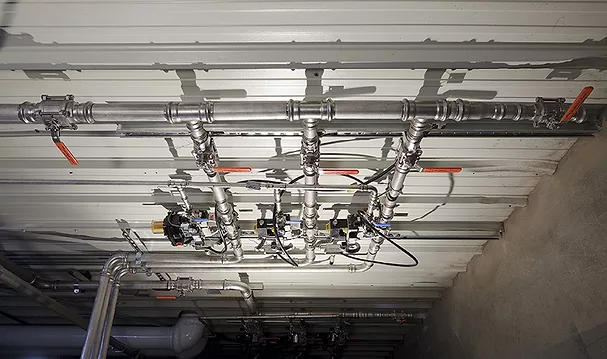Design , How To
Feature
The best results occur when we plan our activities with intentionality and do not take
shortcuts to a quick fix.
Read More
Feature
Future-Proofing Hospitality Bathrooms
Plumbing material and design considerations for durable, efficient and user-friendly commercial bathrooms.
Read More
Collaborative Health Care Design
Best Practices for Using a Pressure-Sustaining Control Valve
Accurate sizing, material compatibility, proper installation, regular maintenance and performance monitoring will optimize overall system performance.
Read More
Feature
A Guide to DWV Pipe and Joining Methods
Your knowledge and representation of these systems can boost your business and ensure long-lasting peace of mind for plumbers and homeowners.
Read More
Feature
A New Approach to Sizing On-Demand Hot Water Systems
Data-driven engineering helps building owners and managers achieve new levels of safety, efficiency and cost/space savings.
Read More
Feature
Domestic Water Sizing: A Case for Decodification
Many plumbing codes still require or strongly recommend sizing domestic water systems with outdated methods.
Read More
Code Classroom
Emergency Fixtures and Tepid Water
The ANSI/ISEA Z358.1 standard is the only industry guide to determine if suitable facilities are provided by an employer.
Read More
CONTRACTOR STORIES
Getting Technical: Antifreeze in Hydronic Systems
Creating a functional, long-lasting antifreeze system starts in the design phase and relies on diligent maintenance.
Read More
Feature
Crashing the Legionella Party: Plumbing Design Meets Infection Control
The key to preventing outbreaks of Legionnaires’ Disease is good management of building water systems.
Read More
Feature
Pipe-Joining 101: Commercial Plumbing, Heating and Air Systems, Part 2
The pros and cons of threaded, brazed/soldered or compression joints are discussed.
Read More
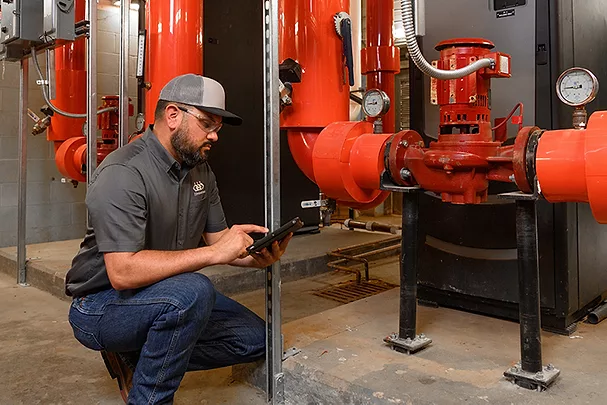
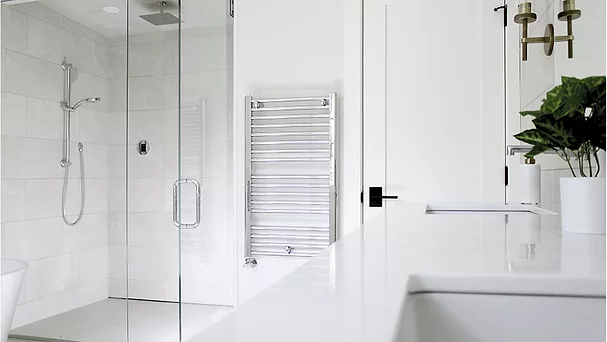

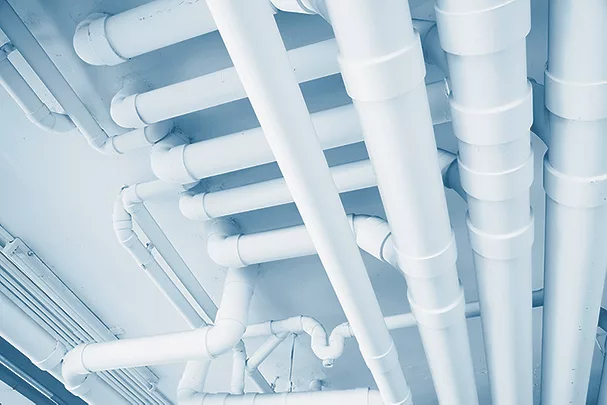
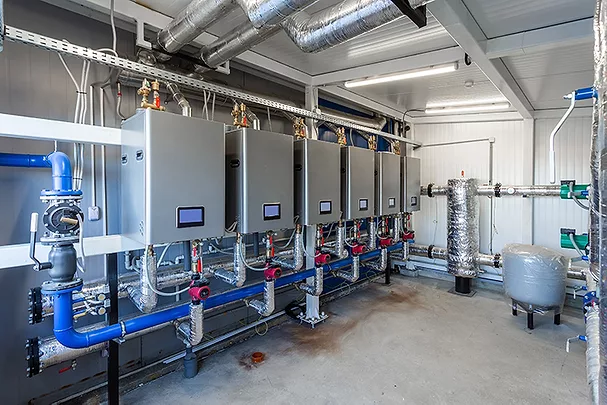

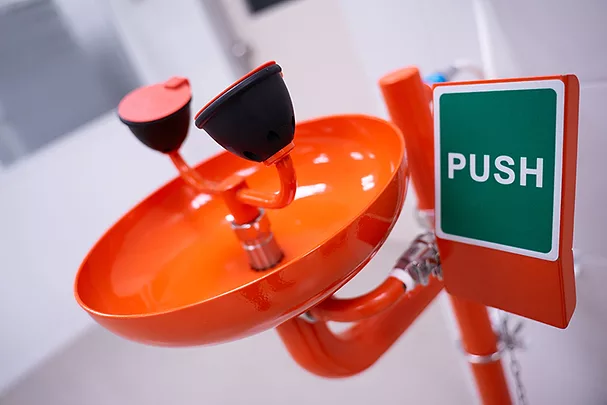
.webp?height=449&t=1720530224&width=607)

